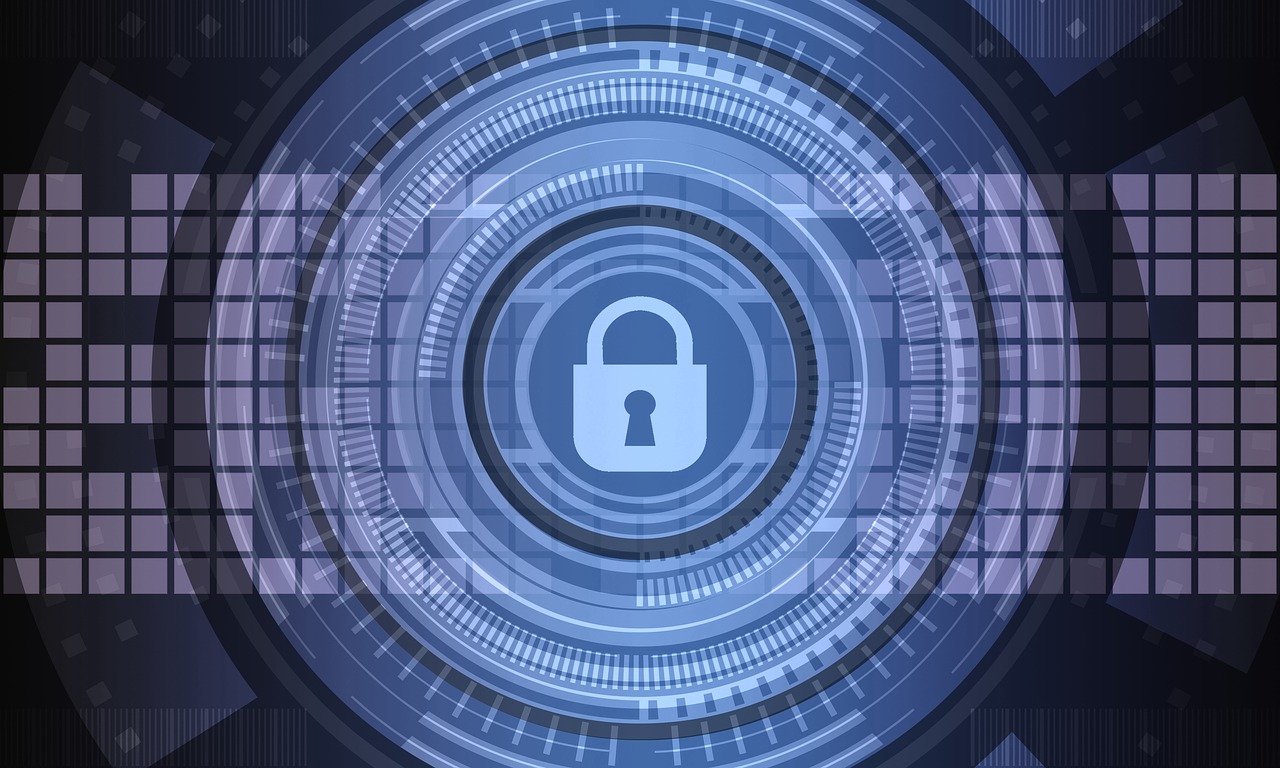If you're a business owner or IT professional, you don't need anyone to tell you that cybercriminals get more sophisticated and aggressive every day. Tech companies are doing all they can to help businesses stay ahead of them and protect critical systems and sensitive information, but network hacks and data breaches still occur.
And when a cybercriminal gets past a company's digital defenses, it can be very costly for that organization. That's particularly true for small businesses, which, like all businesses, are seeing a significant uptick in cyberattacks. Unfortunately, the cost of a hack or breach can easily be more than a small business can bear if they aren't adequately prepared.
Digital Defenses: Just One Aspect of a Multifaceted Cybersecurity Strategy
You must take a multifaceted approach to cybersecurity. It's the only way to protect your business from cybercriminals worldwide who work night and day to gain unauthorized access to computers and networks.
First and foremost, you must have up-to-date digital defenses in place. Even that doesn't guarantee that your company is safe from attack, but it makes it harder for a bad actor to gain access. And if they don't succeed quickly enough, they are more likely to give up and choose another, "softer" target.
One of the easiest ways to start setting up a strong digital defense system is by implementing a password security process. You can store and manage passwords using an enterprise password management solution. This will allow you to satisfy compliance regulations and security audits that require strong access controls and secure management of credentials. Because cyber environments continue to get increasingly complex, securing network accounts proves to be evermore difficult. To meet cybersecurity best practices, organizations need visibility and control over all of their accounts.
Implementing protective measures is essential, but it's equally important to keep your defenses updated. As cybercriminals create new computer viruses and develop new tactics, software companies, cybersecurity providers, and other stakeholders enhance their offerings to counter them. However, you don't get that added protection if you don't update your systems.
Employee Education: Vital to Defending Against Cyberattacks
Another step you should take to protect your digital assets is educating your employees about cybercrime. They should understand that there are many types of cyberattacks, including:
-
Phishing attacks in which the cybercriminal sends an email that appears to be from a trusted source. When the recipient clicks a link in the email, that action launches a program that deploys the cybercriminal's software into the company's computer infrastructure. Once the "door has been opened" in a phishing attack, it's very difficult to mount an effective response.
-
Denial-of-service attacks where the cybercriminal bombards the company's computer network with continual contacts, paralyzing it and preventing normal work activities.
-
Ransomware attacks in which the cybercriminal gains digital access to the victim's computer and prevents them from using it until they pay a ransom.
-
Brute force attacks where the perpetrator uses a "bot" to programmatically try many passwords in rapid succession to gain access to a computer or network.
And these are just examples on a very long list of possible attacks.
Businesses must continually educate their employees about the latest threats and techniques. Frequent reminders make it less likely that an employee will, in the course of a busy day, drop their guard and click a link or take some other action that gives a cybercriminal access.
Cyber Insurance: Protection From the Financial Ramifications of Cybercrime and Fraud
Even with advanced digital defenses and a well-informed workforce, many small businesses will fall victim to a cyberattack. In doing so, they open themselves up to several costs related to the incident.
Take the example of a breach where a cybercriminal has stolen customer credit card data and committed fraud or is likely to in the future. The company may face what are called first-party and third-party expenses. First-party expenses may include things like:
-
Forensic IT review
-
Legal review
-
Notification of affected individuals
-
Services for affected individuals
-
Public relations services
Third-party response expenses are the company's defense and liability costs.
Any business that handles or stores sensitive information like credit card numbers, Social Security numbers, medical records, or personal contact information should have cyber insurance coverage. Depending on the specifics of the incident, it may cover some or all of the expenses above.
That means less financial damage to the business. It also means the company has an ally helping it deal with the incident and can return its focus to day-to-day operations more quickly.
What Does Cyber Insurance Cost?
Cyber insurance coverage is very affordable, particularly when you consider the amount of financial protection it provides. Rates vary by business type, market, etc., but average between $85 and $250 annually. Base coverage typically includes $50,000 worth of first-party expense coverage and $50,000 in third-party expense coverage. Without coverage, your business would have to pay those amounts.
Obtaining insurance is quick and easy, with many small business insurers enabling customers to purchase policies online. Plus, in the event of an incident, you can report claims online, which helps you get compensation faster.
So, there's no reason to put off protecting your company from the ever-growing risk of cyberattacks, and many reasons to buy a cyber insurance policy today. You never know when a cybercriminal is testing your digital defenses and looking for weaknesses they can exploit. Be sure you're ready for them.















